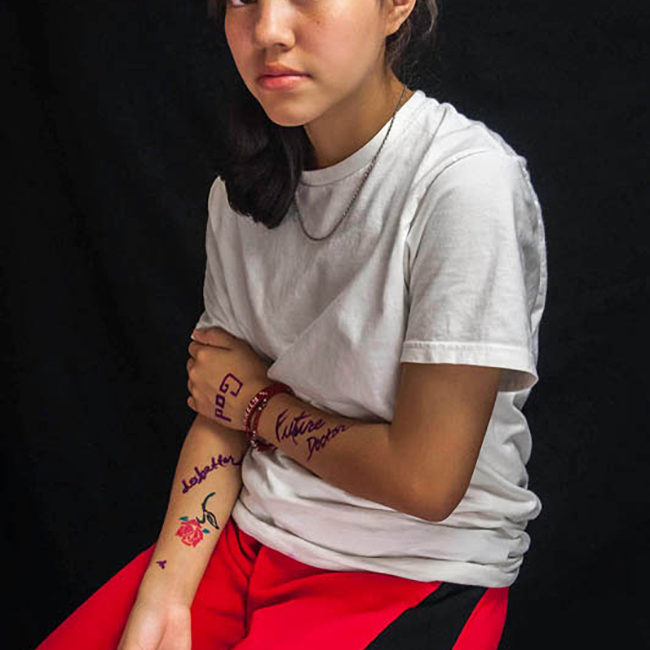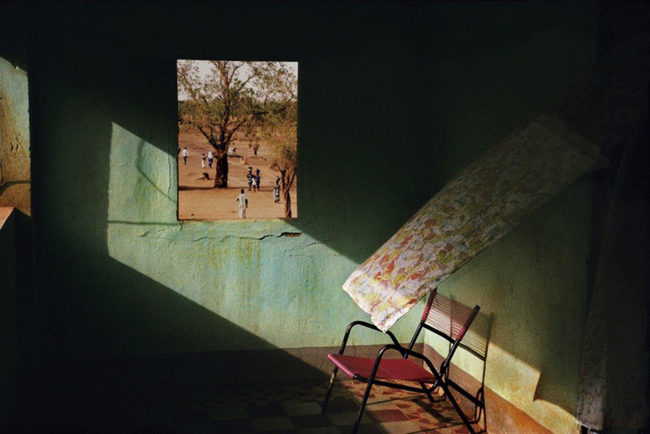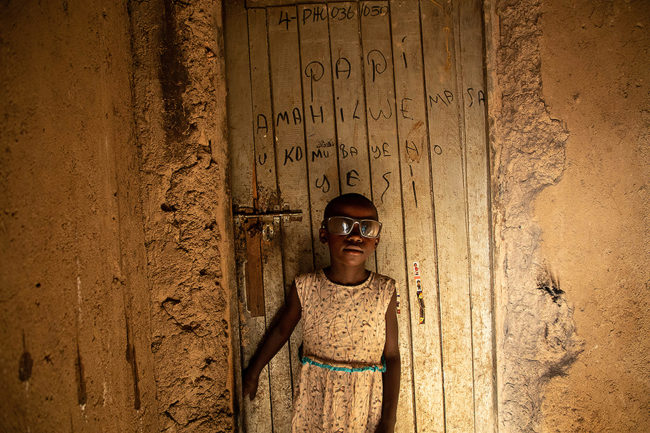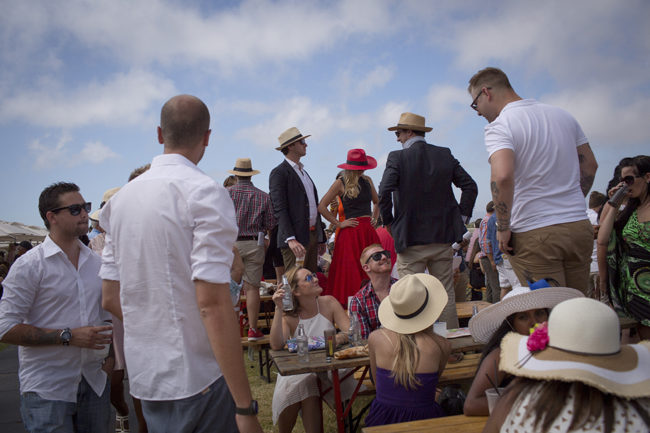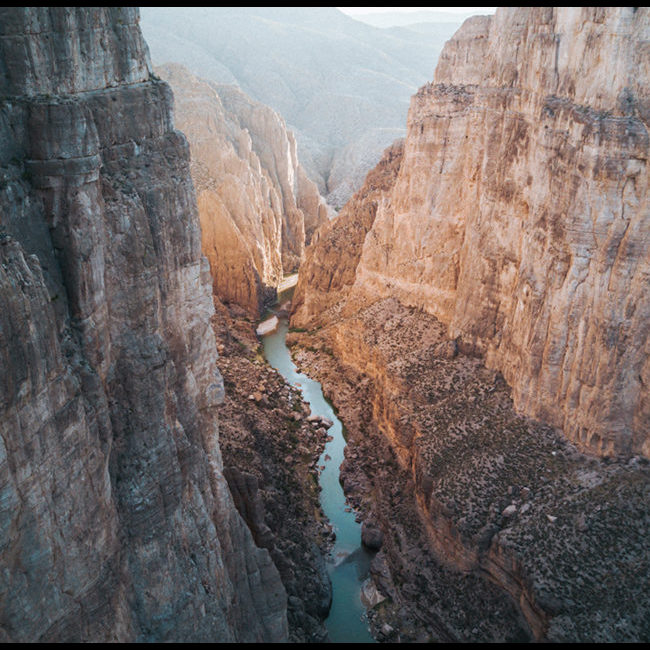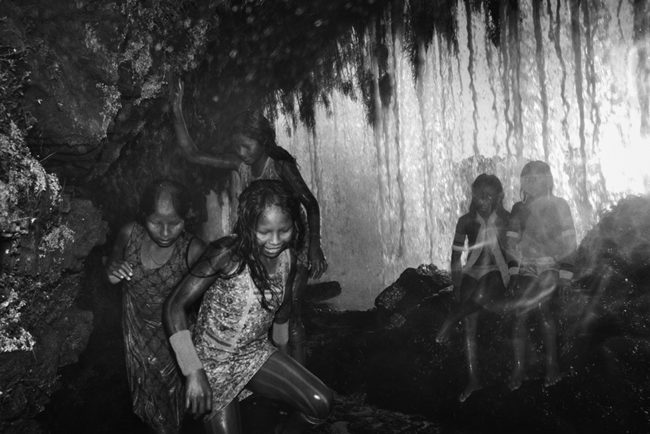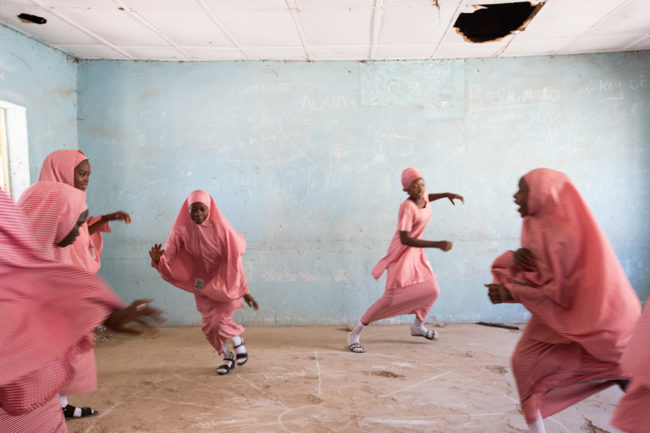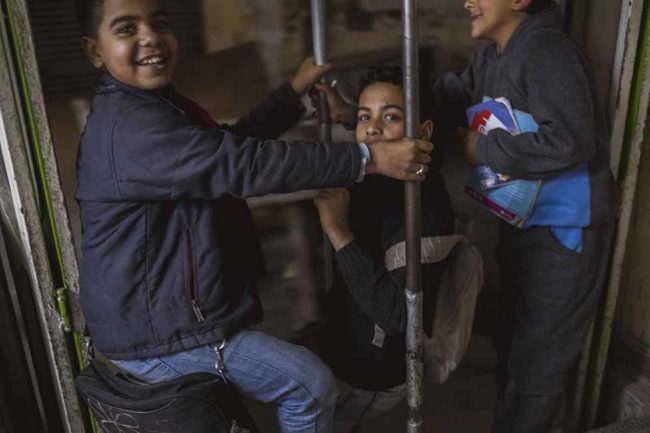Thanks to its famous musicians and cultural movements, Seattle and the Pacific Northwest often conjure skewed visions in the minds of outsiders, ideas based on mass media (mis)interpretations and long-perpetuated clichés. When a fringe music or art scene suddenly gains widespread recognition—as bands like Nirvana, and the Riot GRRRL movement did in the Northwest—a struggle often ensues over who gets to write the history, and who passes on the legacy. We benefit when there are artists within the scene who record, interpret and ultimately help us understand what happened, and what it really looked like before we were all looking.
Photographer Alice Wheeler was part of an arts scene in Seattle and the larger Northwest that gained international recognition in the 1990s. In her new book, Outcasts & Innocents: Photographs of the Northwest, she offers her interpretation of a time, place and group of people from the perspective of a sensitive insider. Her photographs from the ’80s and ’90s depict the people—some of whom, like Kurt Cobain and members of the band Bikini Kill, became famous—who created and defined the scene. In recent years, Wheeler has maintained her interest in youth culture and the landscape of the Northwest, documenting events like the World Trade Organization protests and local celebrations like the Makah Tribe’s annual Makah Days festival. Wheeler recently corresponded with PDN via email and discussed her book, what it was like to work in a male-dominated field, and how the “psychological isolation of the Northwest encourages a unique voice in art and music.”
PDN: What was it important for you to convey with this book about your scene and surroundings?
Alice Wheeler: In college we studied the male gaze, and at that time I decided I wanted to make art about the female gaze. I aimed to make images of women that represented how I felt about myself, not the way I saw women being characterized by men as objects. I remember looking at magazines and thinking the women looked really passive. I wanted to see women who were doing exciting and important things, and men who were sensitive and thoughtful. I wanted to depict people questioning their gender roles and expressing their unique identities.
After AIDS hit in the 1980s and the popular kids in my crowd started dying, I began documenting my friends as a way to remember the good times before they were all gone. This motivated me to take as many photos as I could, especially when I believed the situation had some potential historical importance.
In the culture of punk rock I found a kind of utopian ideal, one that encourages free thought and self-expression as a means of resistance to the dominant, often intolerant mainstream culture. Punk represents a way of being in the world, which allows kids left out of conventional society to befriend each other and create their own safe space in the world. In the Northwest this dynamic created a music scene known around the world and fostered the alternative movements Queercore, Riot GRRRL, and DIY (Do It Yourself). The bands Nirvana and Bikini Kill called out people who picked on social outcasts, rejected authoritarianism and violence, and promoted a culture of inclusion. At the time it all felt very revolutionary.
PDN: In her introduction, Kathleen Hanna mentions that a couple of male photographers told you to give up making pictures. Why did you ignore them?
AW: My mother was a painter and always encouraged me to make art. She gave me my first camera when I was 4 years old (a plastic Bioflex priced $2.99.) I got serious about taking photos in the 1980s and started putting myself out there by exhibiting and publishing work in underground magazines, including one I founded. Once I started showing, a lot of people expressed interest in my work—many of which were gay men, and women. At the same time there were also some male photographers, people I considered my peers, pulling me aside to tell me that I was not doing it right, my photos were no good, they were too subjective, that I should just give up. I think many women who work in a male dominated field go through this. Some men feel entitled to discount the way women do things. Part of the beauty of photography is that two people can photograph the same thing and make it look and feel completely different based their own vision, style, and personality.
PDN: Hanna also mentions your color palette, which is unique and has its own vibration. Where does your esthetic come from?
AW: I love the psychological isolation of the Northwest; it encourages a unique voice in art and music. My color pallet and style have been influenced by the low light and blurry rain here. My mentor was a second-generation Northwest Mystic painter—Jay Steensma—who I met when I was living in Belltown.
The artists who in the 1940s became known as the Northwest School of Modern Art—the Northwest Mystics—were Mark Tobey, Morris Graves, Kenneth Callahan and Guy Anderson. They wanted to create art that consciously responded to the world events around them and saw art as a form of spiritual quest. They were influenced by nature and the Northwest’s Native American traditions. As a young man, Jay Steensma became friends with the older Morris Graves, both were flamboyant and gay. I felt connected to the Northwest Mystics through Jay and his circle of unconventional friends who embraced me as a young artist.
His palette used grey deliberately, while intermingling bold yet moody colors. Watching Jay work taught me about the color palette of a place, and also the way color can influence the mood of an art piece.
When I started taking photos I mostly worked in black and white, occasionally shooting color slides or film. But then I discovered Agfa Ultra 50 film. I loved the way it made the light shift from grey to blue, and had really strong reds. It was more saturated and contrasty, which worked perfectly with the low light and my way of seeing. I spent a lot of time in the color darkroom printing my own photos. It gave me a chance to experiment and control what I wanted to emphasize in my compositions.
PDN: Did your personal connections to many of the people you photographed make it challenging to edit the book?
AW: Yes and no. I started with my best photographs and of course that included many people important to me. But because I had to edit down to approximately 100 photographs from 30-plus years of work, the end selection was about the images first and foremost, not just the subjects.
PDN: The book skips around chronologically, from the late Eighties to recent years. How did you organize it?
AW: Chronology occasionally comes into play, but the book is a monograph of my work, so the dominant factor was a visual rhythm that expresses the energy and spirit of the times, then and now. The landscapes, which I have always made, are less known than my photographs of people, and serve as dividers between loose thematic groupings. I started the editing process by selecting photos that I thought should be included, and then I worked with [minor matters publisher] Michelle Dunn Marsh to edit and sequence the photos. We went through hundreds of images and tried several different image relationships before we arrived at the book as it appears.
PDN: In addition to music, nightlife and photos of your milieu, you’ve taken an interest in certain festivals and protests. What connects all of those interests for you?
AW: Beyond this book’s obvious revelation of my socio-anthropological interest in youth culture, the images are a personal statement from the inside. I take photos that no one else would take. I knew that my viewpoint was unique and I was witnessing something that should be chronicled.
I am always looking for certain types of people who display their sensitivities and identities on the surface. At public events like festivals and parades people are accessible, expect to be photographed, and are often wearing thought-provoking apparel. This gives me approval to take photos of strangers in this otherwise reticent region.
Working with minor matters Books gave me the unique opportunity to support my hypothesis while concentrating on the quality of the pictures and the printing, both of which ended up perfect in Outcasts & Innocents.
